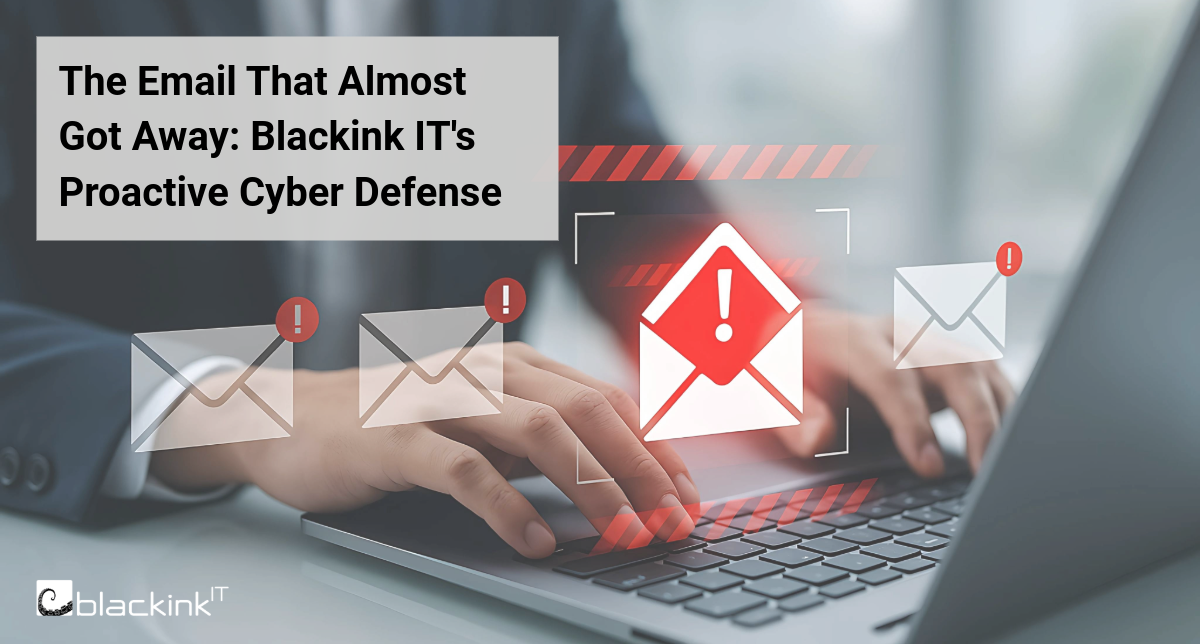Malware and ransomware are two of the most common types of cyber threats businesses face today. While they share some similarities, they are fundamentally different in their goals, behaviors, and the damage that they can cause. In this article, we will explore the key differences between malware and ransomware, and provide some tips on how to protect your organization against these threats.
What is Malware?
Malware (short for “malicious software”) is a broad term used to describe any type of malicious software that is designed to harm or exploit computer systems, networks, or devices. Malware can take many forms, including viruses, worms, trojans, spyware, adware, and more. Malware is often spread through phishing emails, infected downloads, or by exploiting vulnerabilities in software and operating systems.
What is Ransomware?
Ransomware, on the other hand, is a specific type of malware that is designed to encrypt the victim's data and demand payment in exchange for the decryption key. Ransomware attacks have become increasingly common in recent years, with many high-profile cases affecting businesses of all sizes. Ransomware attacks can be devastating, as they can completely lock down a business's operations and result in significant down time and financial losses.
Differences Between Malware and Ransomware
One of the key differences between malware and ransomware is their goals. Malware is typically designed to steal sensitive data, disrupt business operations, or use the infected system as part of a botnet. Ransomware, on the other hand, is designed specifically to extort money from the victim. Ransomware attacks are often highly targeted, with the attacker seeking to exploit a specific vulnerability in the victim's system or network.
Another difference between malware and ransomware is their behavior. Malware can remain hidden on an infected system for long periods of time, gathering information and communicating with the attacker's command-and-control server. Cyber-criminals do not want victims to be made aware of typical malware attacks so that they can continue stealing data undetected. Ransomware, on the other hand, intentionally makes its presence known by displaying a ransom note on the victim's screen. Ransomware attacks are often accompanied by a countdown clock or other pressure tactics to encourage the victim to pay the ransom quickly. Although ransomware may remain hidden for a period of time so that criminals can collect the information they need to plan their attack, it is necessary to eventually make the attack known to the victim in order to create the ransom situation.
How to Protect Against Malware and Ransomware?
So, how can you protect your business from malware and ransomware attacks? Here are some tips:
- Keep your software and operating systems up-to-date with the latest security patches.
- Use strong, unique passwords and multi-factor authentication to protect your accounts.
- Educate your employees on how to identify phishing emails and other social engineering attacks. Security awareness training is a highly effective way to educate your staff.
- Backup your data regularly and keep a copy of your backups offsite. This will help ensure that can avoid paying a ransom for your data, and will help you get back up and running to reduce down time.
- Use reputable anti-virus and anti-malware software to protect your systems. End-point detection and response tools (EDRs) are useful in monitoring your systems to identify suspicious activity before you can be attacked.
- Have an incident response plan in place, and make sure it has been tested. A thorough incident response plan will ensure that you and your team are prepared for a cyber-incident if one occurs, and will significantly reduce your down time and associated costs.
Ready to Secure Your Organization?
Protecting against malware and ransomware is crucial for organizations of all sizes. Malware is a broad term that encompasses a wide range of malicious software, while ransomware is a specific type of malware designed to extort money from the victim. By understanding the differences between these threats and taking proactive steps to protect your business, you can reduce your risk of a costly data breach or cyber-attack.
AtBlackink IT, we specialize in providing comprehensive IT and cybersecurity solutions. Our solutions are all built upon our security mindset, which focuses on implementing security best practices in all that we do to ensure that our clients are always safe and productive. To learn more about how we can help you safeguard your systems and data, reach out to Blackink IT today.



.png)


